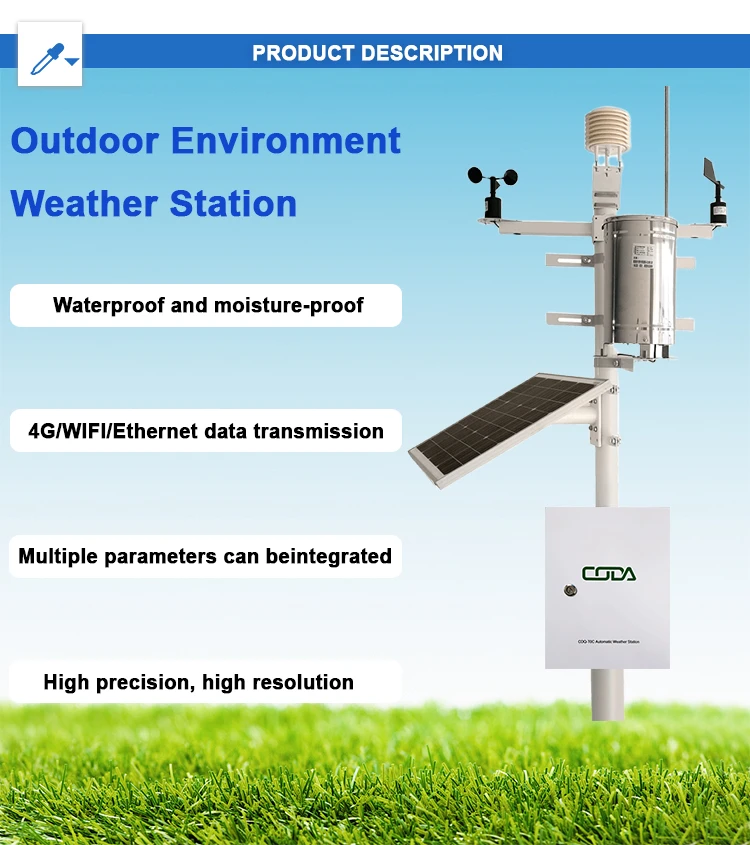
# Advantages and Disadvantages of Automatic Weather Stations
## Introduction
Automatic Weather Stations (AWS) have revolutionized the way we collect and analyze meteorological data. These self-contained systems provide continuous weather monitoring without constant human intervention. While they offer numerous benefits, they also come with certain limitations that users should consider.
## Advantages of Automatic Weather Stations
### 1. Continuous Data Collection
One of the most significant advantages of AWS is their ability to collect data 24/7 without interruption. Unlike manual weather stations that require human observers, automatic systems can operate continuously, providing a more comprehensive dataset.
### 2. High Accuracy and Precision
Modern AWS are equipped with highly sensitive sensors that can measure weather parameters with great accuracy. They eliminate human errors in reading and recording data, ensuring more reliable measurements.
### 3. Remote Monitoring Capabilities
Automatic weather stations can transmit data in real-time to central databases or monitoring centers. This allows meteorologists and researchers to access current weather conditions from anywhere, making them particularly valuable for remote or hazardous locations.
### 4. Cost-Effective in the Long Run
While the initial investment might be significant, AWS reduce operational costs over time by eliminating the need for constant human supervision and manual data collection.
### 5. Standardized Data Collection
All AWS follow standardized measurement protocols, ensuring consistency in data collection across different locations. This standardization is crucial for weather forecasting and climate research.
## Disadvantages of Automatic Weather Stations
### 1. High Initial Costs
The sophisticated equipment required for AWS comes with a substantial upfront cost. This includes not just the sensors but also the data transmission systems and maintenance infrastructure.
### 2. Technical Failures and Maintenance
Like all electronic systems, AWS are susceptible to technical malfunctions. Sensor drift, power failures, or communication issues can lead to data gaps or inaccuracies if not promptly addressed.
### 3. Limited Human Oversight
The absence of human observers means that some weather phenomena (like certain cloud formations or optical phenomena) might go unrecorded unless specifically programmed to detect them.
### 4. Vulnerability to Environmental Factors
Extreme weather conditions can damage AWS components. Heavy snow, ice accumulation, lightning strikes, or even wildlife interference can affect the station’s performance.
### 5. Data Interpretation Challenges
While AWS provide raw data, interpreting this data correctly still requires skilled meteorologists. The sheer volume of automated data can sometimes overwhelm analysis systems.
## Conclusion
Automatic Weather Stations represent a significant advancement in meteorological observation, offering unparalleled consistency and coverage in data collection. However, their implementation requires careful consideration of costs, maintenance needs, and potential limitations. For most applications, the benefits of AWS far outweigh their disadvantages, making them an essential tool in modern weather monitoring and climate research.
